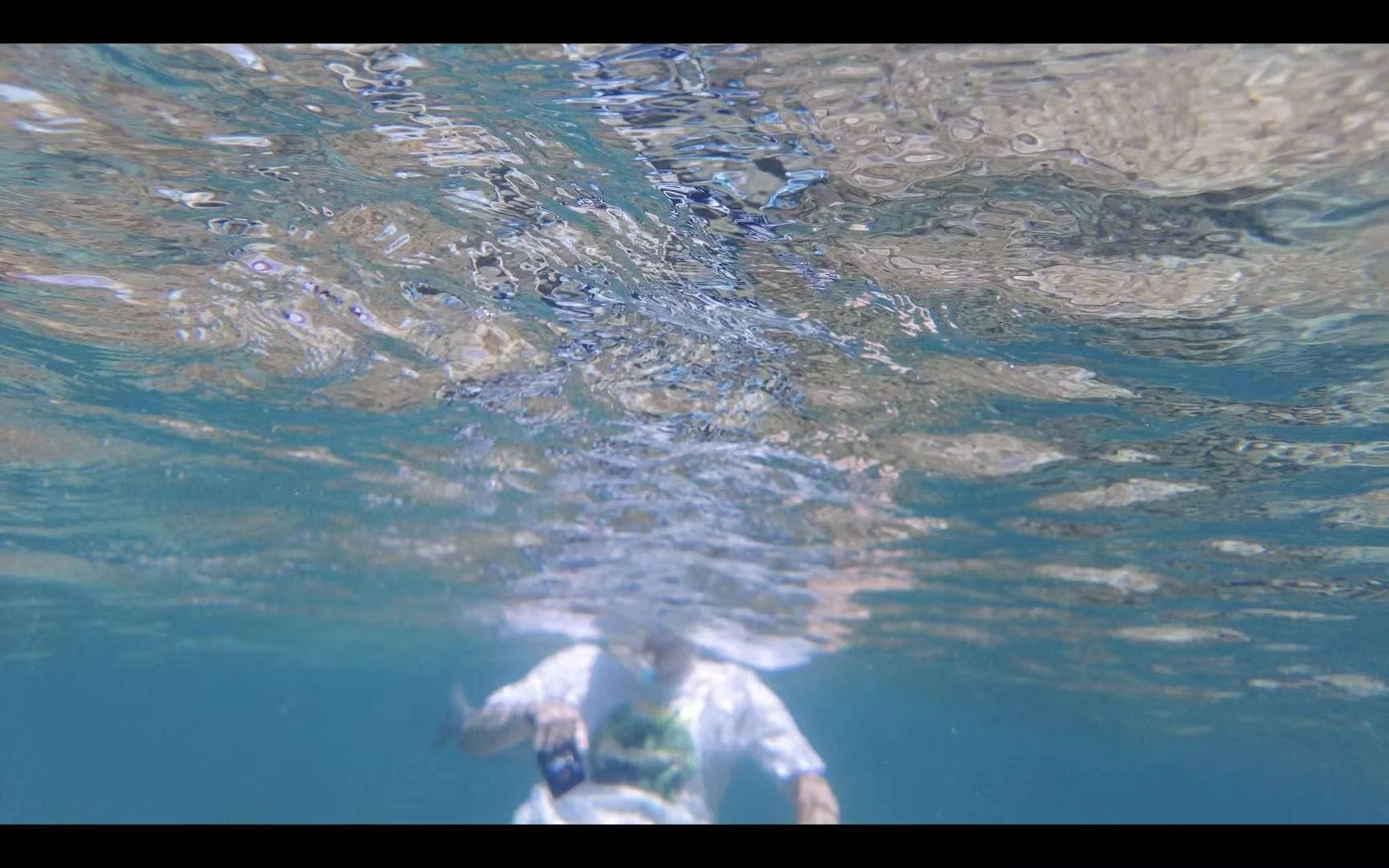Impact of Isolation on Collective Behavior in a Swam of Soldier Crab, Mictyris guinotae

The COVID-19 pandemic's imposition of passive isolation has been associated with subsequent depressive states upon reintegration into social groups, with noticeable declines in activity observed in some biological populations. The effects of such isolation on the behavior of Mictyris guinotae crabs, known for their Lévy walk movement patterns, remain unexplored. This study examines the behavioral impacts of passive isolation on Mictyris guinotae through two experiments designed to reintegrate isolated individuals into their swarms and assess alterations in group dynamics. Isolation durations ranged from 5 to 60 minutes, at 5-minute intervals, in the first experiment and included extended isolation periods of 5 minutes, 10 minutes, 30 minutes, and 3 hours in the second experiment. Behavioral differences were measured against a control group in terms of local polarity, movement distance over time, and proximity to nearest neighbors. Results indicate behavioral deviations post-isolation, with isolated individuals exhibiting increased activity over time compared to the control group's relative inactivity. Notably, crabs isolated for 3 hours displayed significant antisocial behavior initially, followed by excessive activity. These behavioral shifts in Mictyris guinotae, resembling human psychological responses of hyperactivity and inactivity post-isolation, may offer insights into the psychological impacts of enforced solitude due to the pandemic.